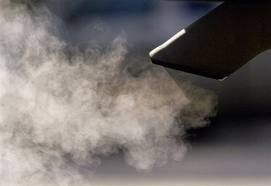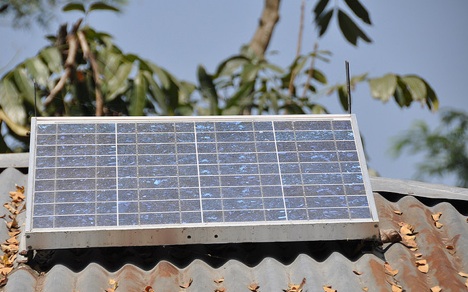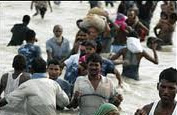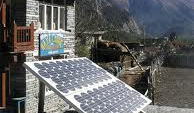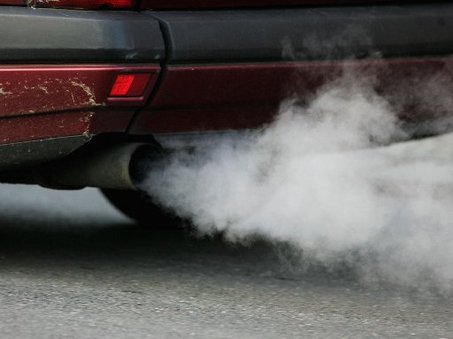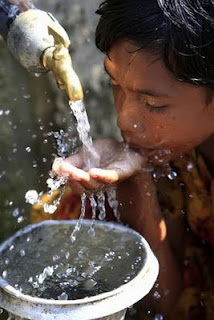
<p><span style="font-size:14px;"><strong>Arsenic Contamination</strong></span></p>
<p><img alt="Arsenic Contamination" src="http://www.indiaenvironmentportal.org.in/files/country/bangladesh/arsenic_hl.jpg" style="width: 530px; height: 300px; border-width: 2px; border-style: solid;" /></p>
<p>In the early 1970s, most people living in the countryside relied on surface water -- ponds, or rivers -- to meet their drinking water needs. As a result diseases due to bacteria-contaminated water, such as diarrhoea, dysentery and cholera were extremely widespread. To tackle this problem, and the related problem of drinking water, the government switched to a policy of tapping groundwater. The government began providing villages with tubewells and handpumps, with aid from such organisations as the United Nations Children's Fund (UNICEF) and the World Bank:UNICEF initiated the programme and paid for the first 900,000 tubewells along with its co-sponsor.</p>

